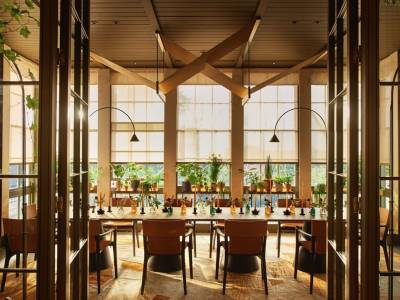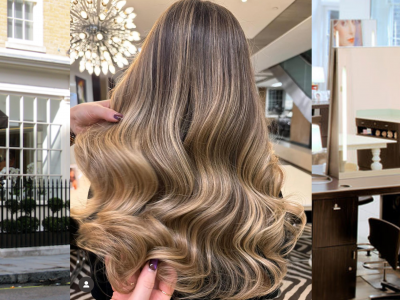For collectors of precious jewellery, “trend” is a dirty word. These works, bordering on artisan craft and art, are made to last, potentially for centuries, to pass down as family assets and reminders of those who have gone before. They can be remodelled to suit personal tastes, but the stones remain. As the old advert pointed out, a diamond really is forever, and even less adamantine gems are pretty durable.
Seasonal Coloured Gemstone Jewellery
17th November 2025
Vibrant and nuanced coloured gemstone jewellery reflects the changing season, but is also becoming a permanent addition to any collection.

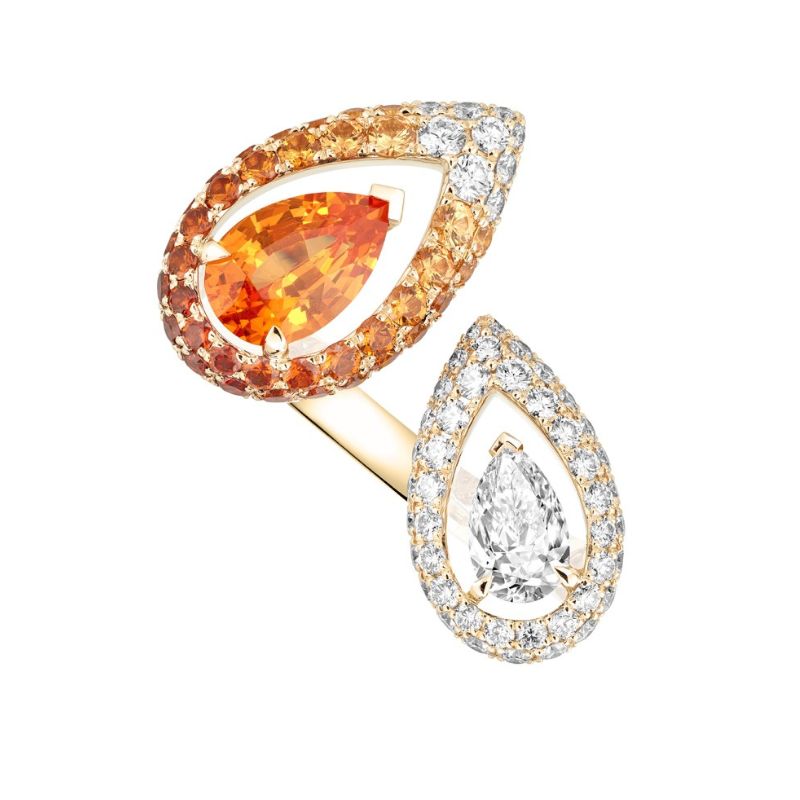
Well-known gems, often spirited away during wars, may turn up years later, but in “new” settings with little resemblance to the original. Trends may be irrelevant, but the aesthetic climate slowly changes, creating long-lasting styles that are finally absorbed into the lexicon of jewellery design, to be revived when a new generation discovers them. Historic brands like Cartier use them to define their work, from the swags and florals of guirlande style to bolder, Art Nouveau-influenced Belle Époque, the geometric Art Deco classics and industrially inspired post-modernism — all visible in modern items.
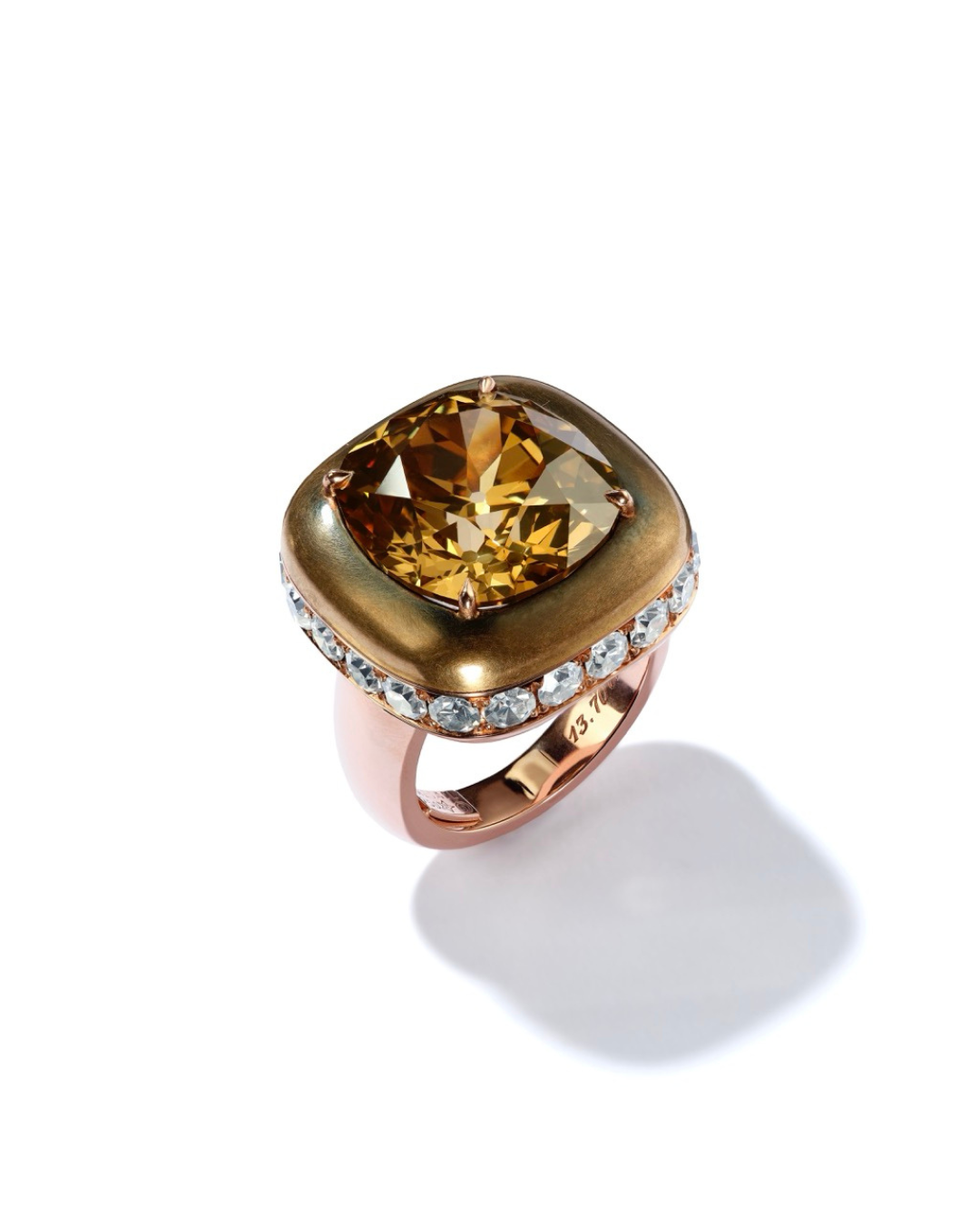
Such movements, arising from art and architecture, take time to filter into high jewellery, let alone the mainstream. Art Deco motifs appeared in Vienna Secession art around 1910, but it was not until the 1925 exhibition of decorative art in Paris that the term was coined and the style gained lasting prominence. Exotic lands provide inspiration. Ancient Egyptian discoveries during the 19th century influenced Art Nouveau style, and the discovery of Tutankhamun’s tomb in 1922 redirected Art Deco. The Cartier brothers’ travels to India, discovering gems and making clients of the local rulers, resulted in ornate tutti frutti designs in carved emeralds with rubies and pearls — a style still thriving at several top houses.
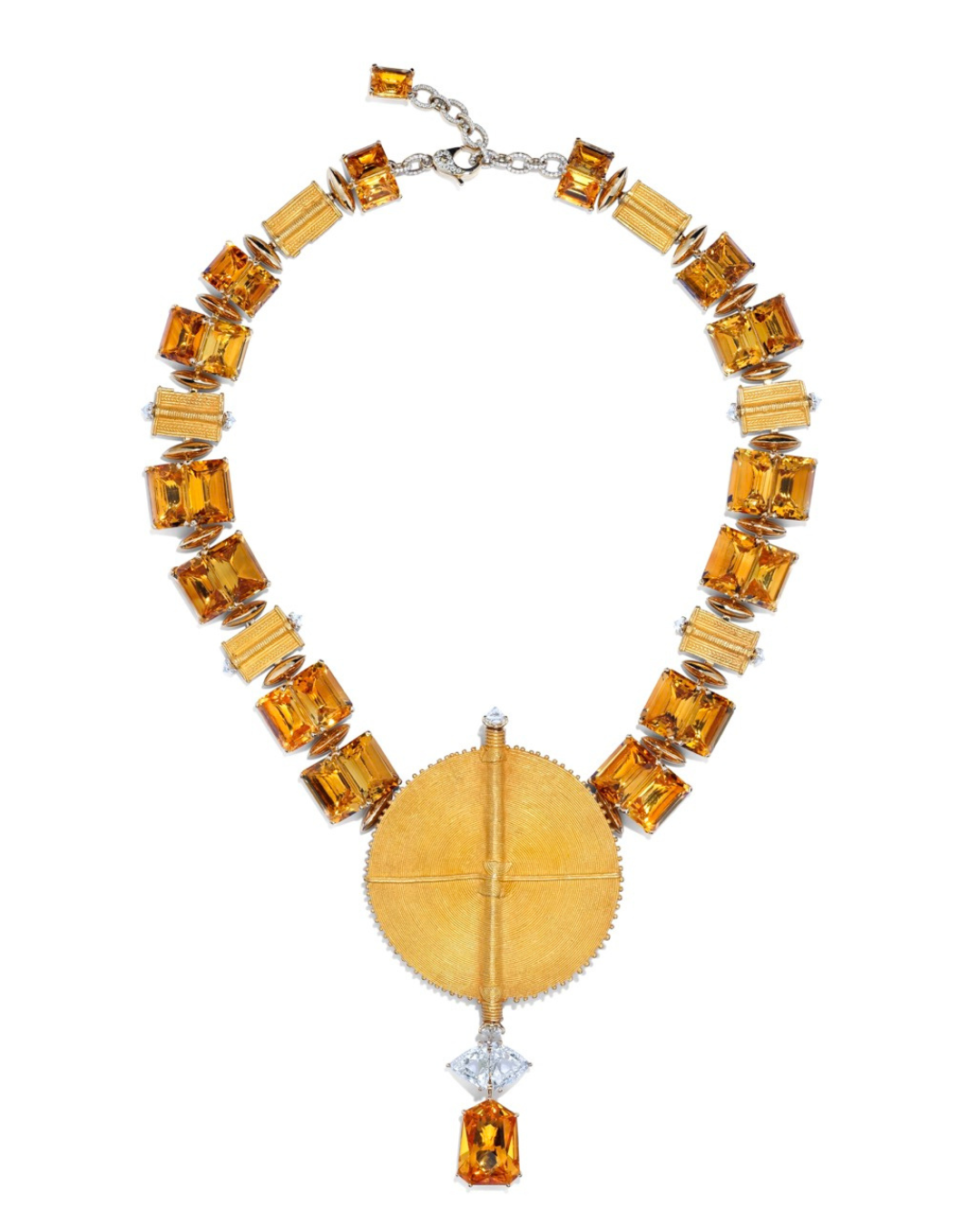
The latest significant change seems to have roots in gemstones themselves and clients’ growing knowledge, and it’s all about colour. Traditional high jewellery revolved around the big four historically precious stones — diamonds, rubies, emeralds and sapphires with their rich, saturated shades. Everything else, over a vast colour range, was semiprecious. But as prices for diamonds, especially large, coloured ones, rose inexorably over the past 20 years and clients demanded more coloured stones, everything became “precious,” with price tags to match.

Swiss jeweller and watchmaker Piaget also has 1960s history. “When we started textured gold, ornamental stone-dialled cuff watches in 1963, it caused a stir, and our clients asked for matching jewellery, so our artisans created it with their own style and techniques,” says Design Studio Director Stéphanie Sivrière. “Warm colour mixes entered our DNA, and now we find a wonderful variety of unusual stones at places such as the Tucson Gem Showcase. You fall in love with a stone and then find a colour harmony in an unexpected encounter with other stones that balance the tones. So in our Carved Artistry pieces, the yellow sapphire could be diminished by the strong blue troilites and green chrysoprases, but instead, it tames them.”
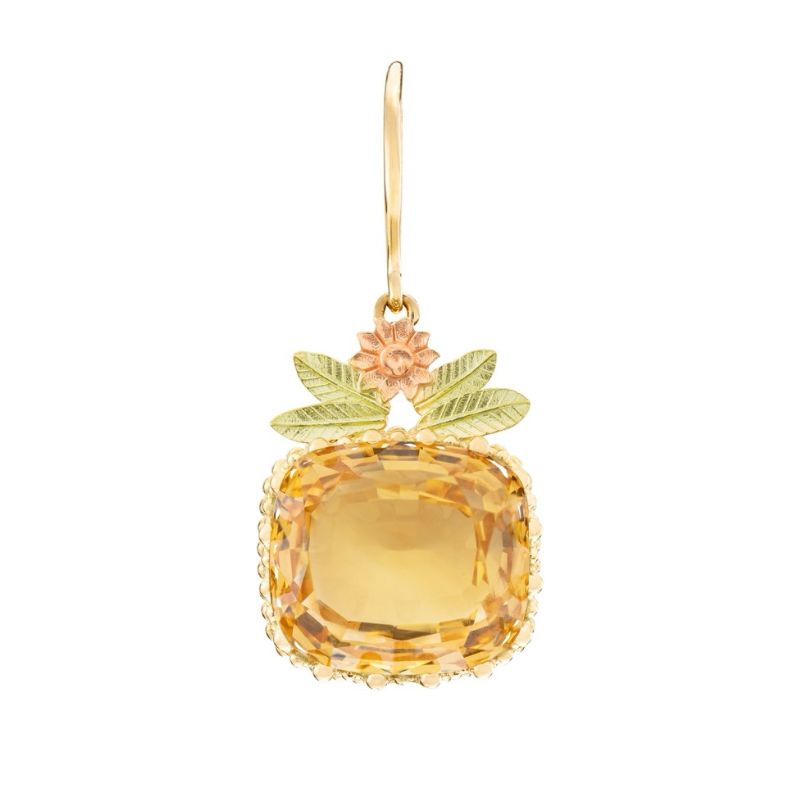
The colours of these stones, some newly discovered, are generally softer and can harmonise together, suiting contemporary tastes. Many conform to traditionally popular shades — pinks, violets, softer blues and greens. Gems in the yellow to golden spectrum, like topaz or citrine, have always figured but to a lesser extent, and even yellow diamonds lacked the cachet (and price) of their colourless cousins. But now, collections are bursting with gem fireworks, mixing yellow, gold, orange, cognac and browner, vintage wine shades, with all the intensity of classic stones and often more vivacity.
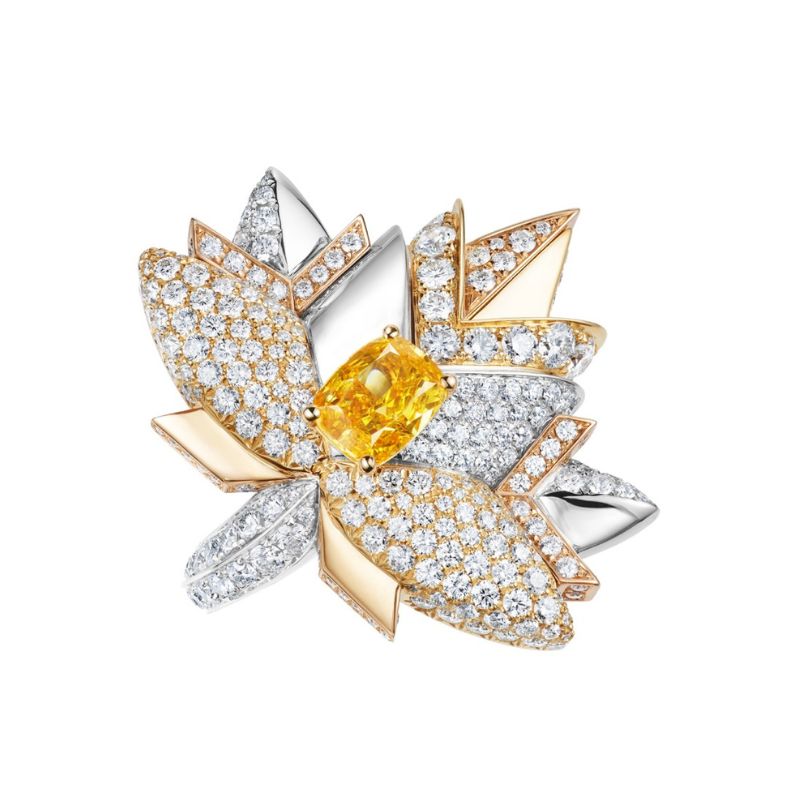
Worked with daring, these shades captivate customers in a way not seen since shimmering “swimming pool” Paraiba tourmalines arrived on the scene three decades ago. The only way to describe this mix is autumn tints (think New England, not soggy old England), but this is not a trend — these pieces are for life. Not coincidentally, these shades also sparkled in the creatively fertile 1960s, which influenced so much design today.
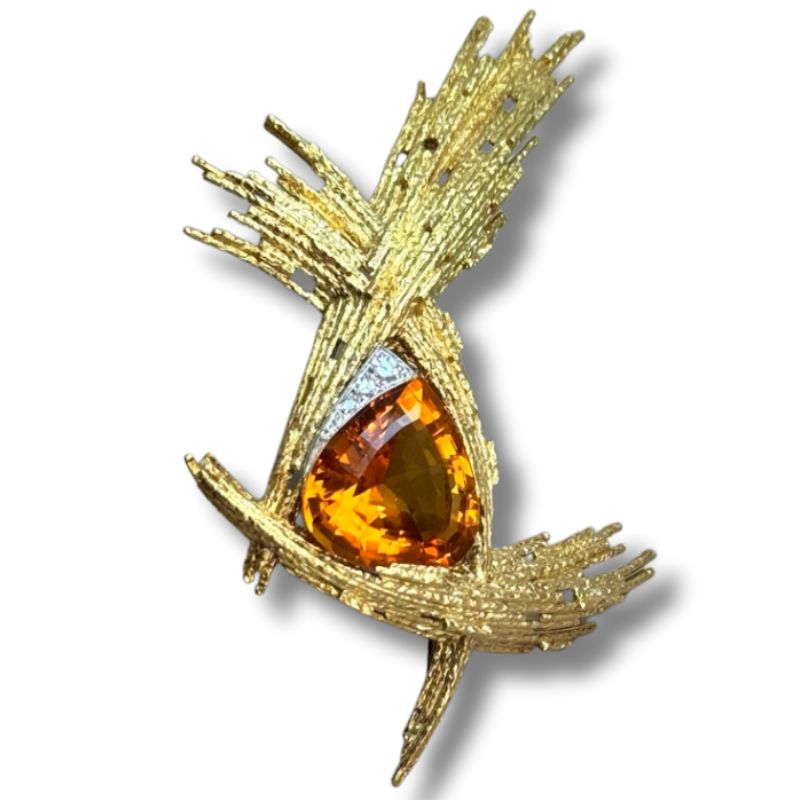
Jeweller Francesca Grima, daughter of iconic 1960s designer Andrew, sees the link firsthand. “I love these golden shades, as my father did — he saw them as beautiful but unconventional, appreciating their richness, warmth and individuality at a time when most jewellers were using cooler tones or classic gemstones,” she says. “They can be camouflaged by gold metal around them, but our signature gold techniques are textured so the stones stand out.” She believes these shades can still surprise, with the shift in perception due “to the resurgence of 1960s/70s colours in fashion and interiors, plus a growing appetite for distinctive, personal pieces.” Grima carries original items, alongside Francesca’s contemporary designs.
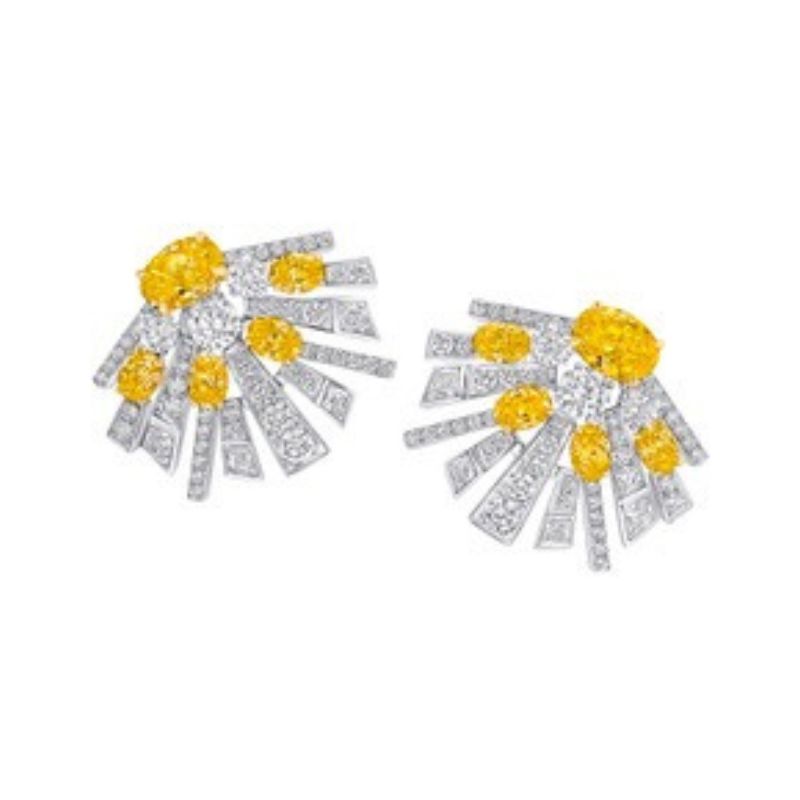
No gems have had greater success than deeply hued yellow diamonds. In the early 1960s they were less pricey alternative engagement rings to the flawless, colourless solitaires that many brides-to-be lusted after. Now, the record stands at $16.3m for the 190-carat Graff Vivid Yellow, sold by Sotheby’s. Traditionally, such stones are set in platinum or white gold with white diamond surrounds, which works for a rich yellow but does paler shades no favours. A yellow gold setting can bring the stone alive and allows it to mix with toning shades. In Chanel’s new Reach for the Stars collection, the last under the directorship of Patrice Leguéreau, who died late last year, gems in the Sunny Days brooch, alongside diamonds, are yellow sapphires, spessartite garnets, yellow beryl and pink spinels, while Be the One pieces explode with diamonds, yellow sapphires and garnets.
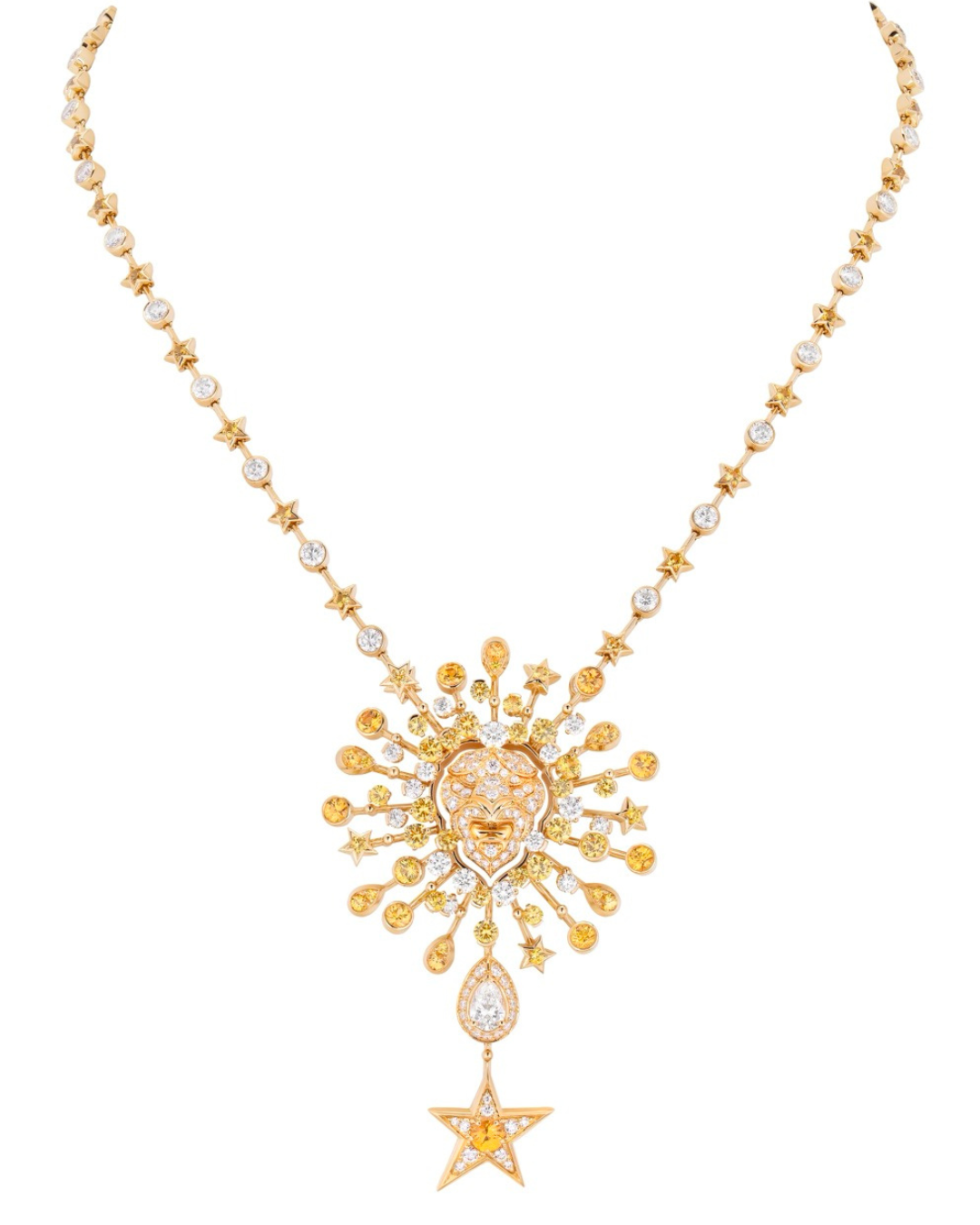
Spinels, sapphires, beryl, topaz and tourmalines come in a wide variety of colours, used by top brands such as Pomellato (tawny orange or brown tourmaline earrings), Chaumet (aged-claret brown spinels and pink-tinged orange Padparascha sapphires), Dior (mixed tourmalines). Others play with myriad colour variants of one gem, like Mellerio’s Pierreries masterpiece necklace of citrines from pale lemon to deepest sherry, with mixed gold shades including green for tiny leaves, Damiani’s Ballo a Ca’ d’Oro ring in many variants of yellow sapphire or De Beers’ tonal shades of rough diamond. Mikimoto’s ring matches yellow diamond pavé to a magnificent golden South Sea pearl, Messika surrounds a glorious pear-shaped orange garnet with graduated colour pavé, and vintage citrine beads adorn the buckle of a unique handmade evening bag with couture embroidery by Lesage, for Roger Vivier.
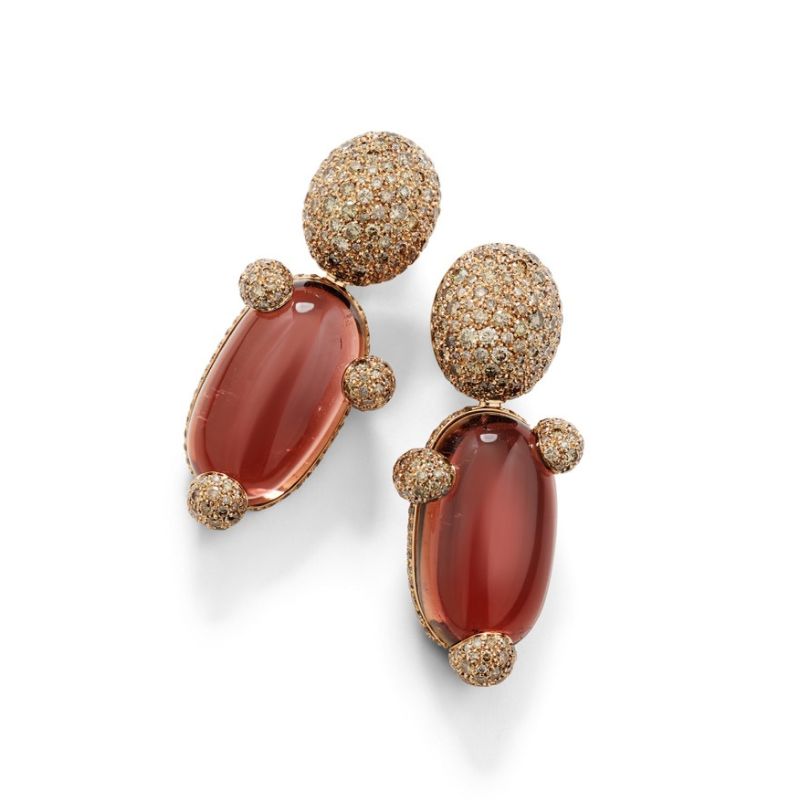
Some designers seek contemporaneity with unexpected materials. London firm Robinson Pelham makes elegant rings with bright, cold-enamel bezels complementing faceted lemon beryl or rock crystal ovals, while Anabela Chan, who specialises in lab-grown stones, links them with a new, translucent, high-tech resin-like material synthesised from fruit and vegetable waste. Chinese designer Anna Hu’s Golden Harvest butterfly pin features titanium delicately coloured to reflect the intense orange and green of the splendid cabochon fire opal at its heart. In stunning mixes of ancient and modern or high and low, independent designer Glenn Spiro mixes angular citrines with the rounded softness of 18th-century Baoulé gold from West Africa, or a rare, 13.7 carat cognac diamond with lowly bronze backed, of course, with gold.
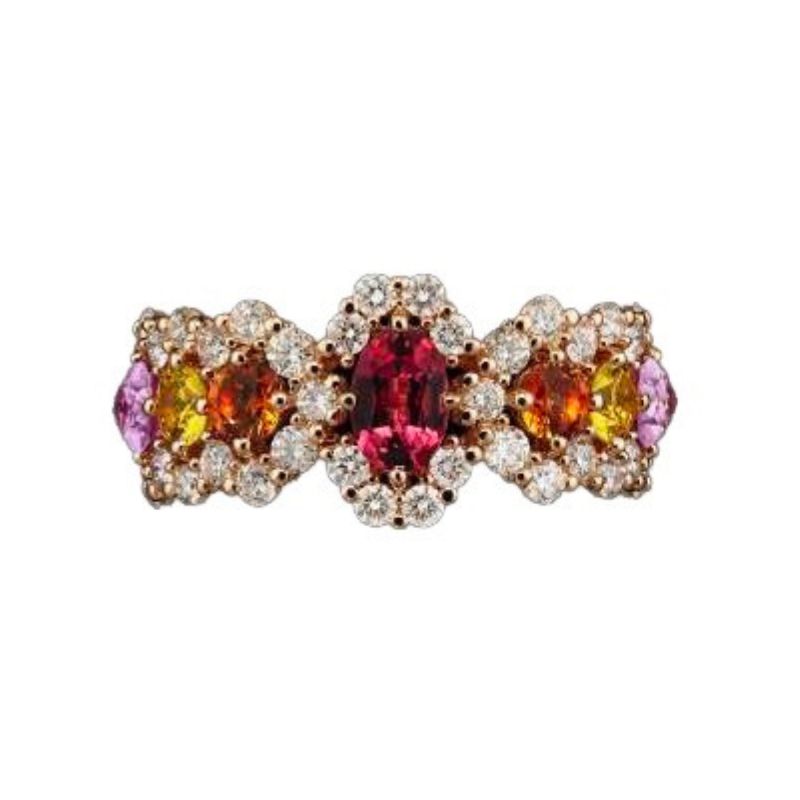
Even with such a fascinating variety of yellow-spectrum stones, there are still new discoveries. Several pieces in Cartier’s new En Équilibre collection feature Umba sapphires, which come from a single valley in Tanzania and possess such sparkling clarity of soft golden-orange-brown shades that it is like looking through a glass of well-aged whisky. A bold combination with vivid black opals is a perfect example of Sivrière’s unexpected encounters, and an eloquent statement of the long-term presence of autumn tints in our jewellery lives.


